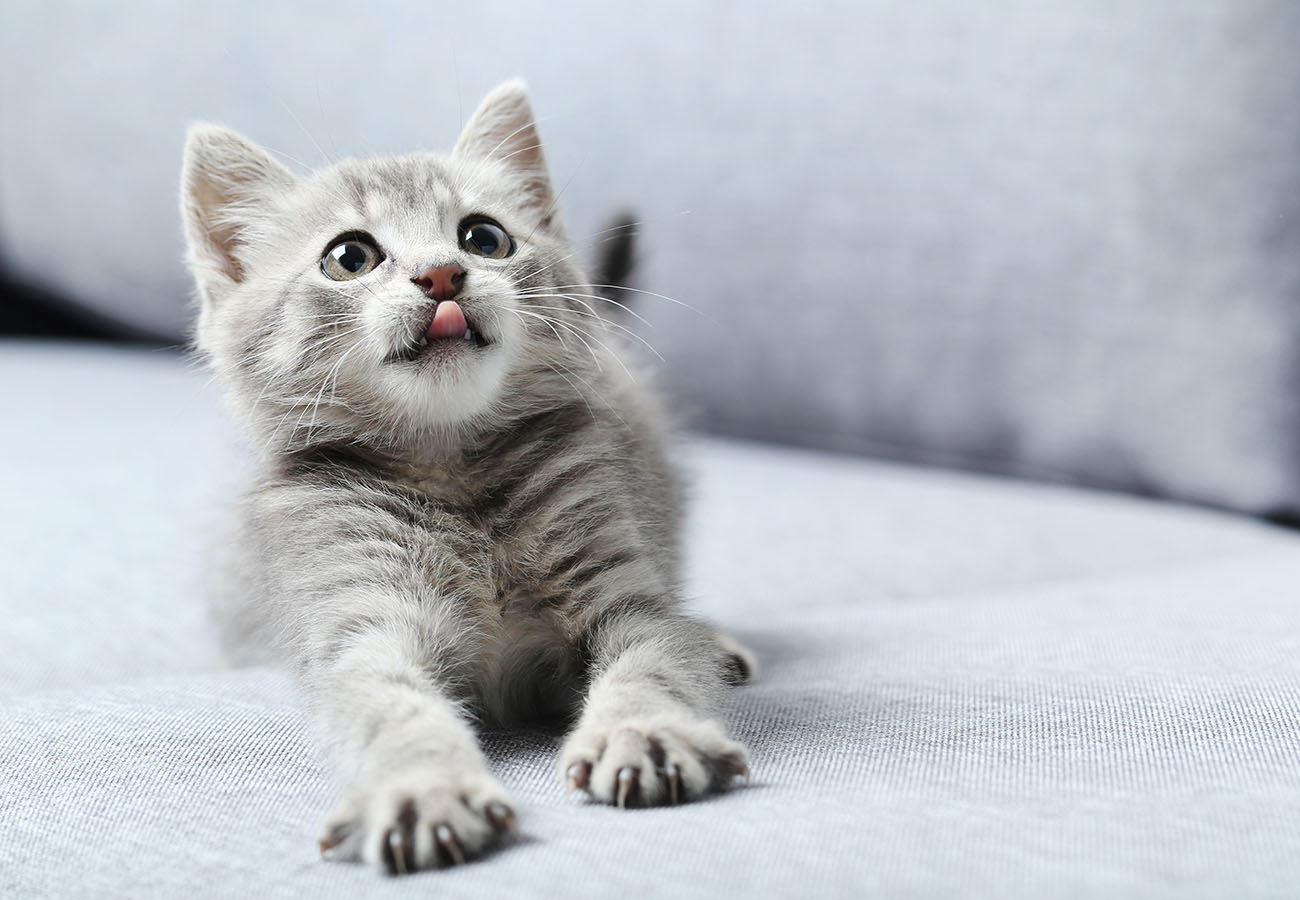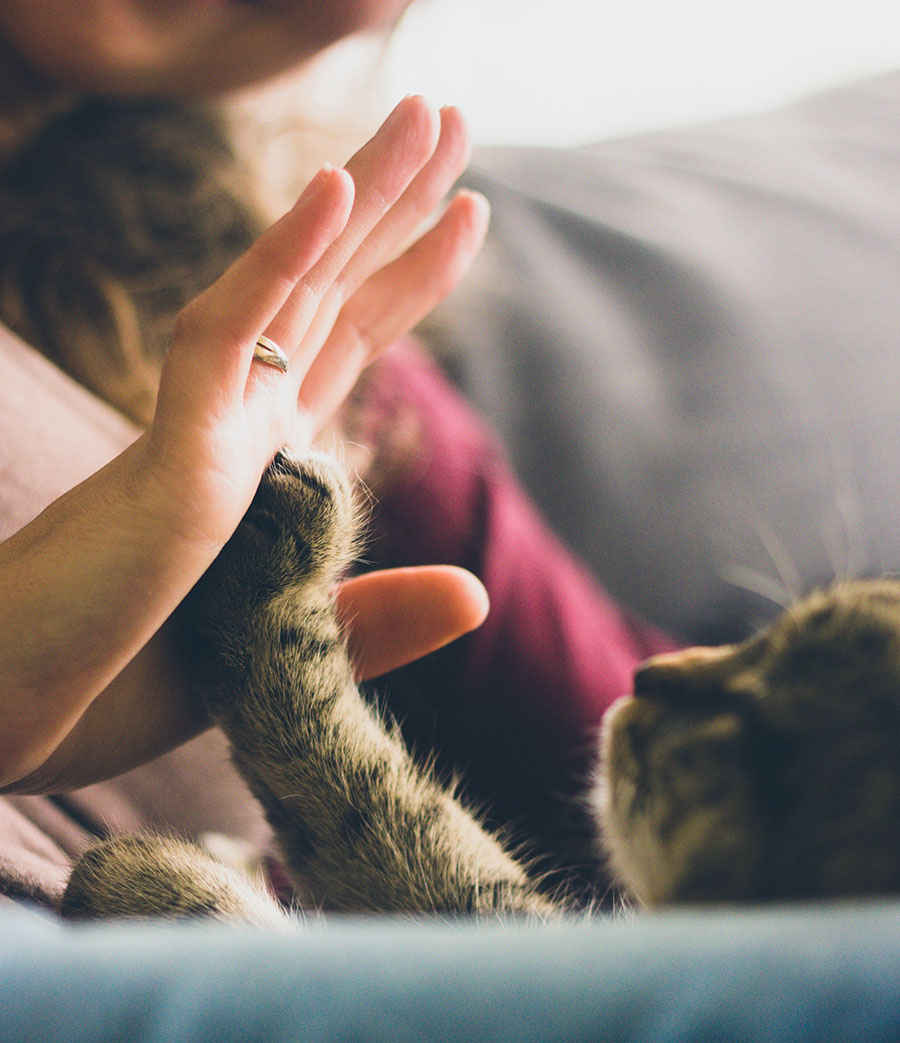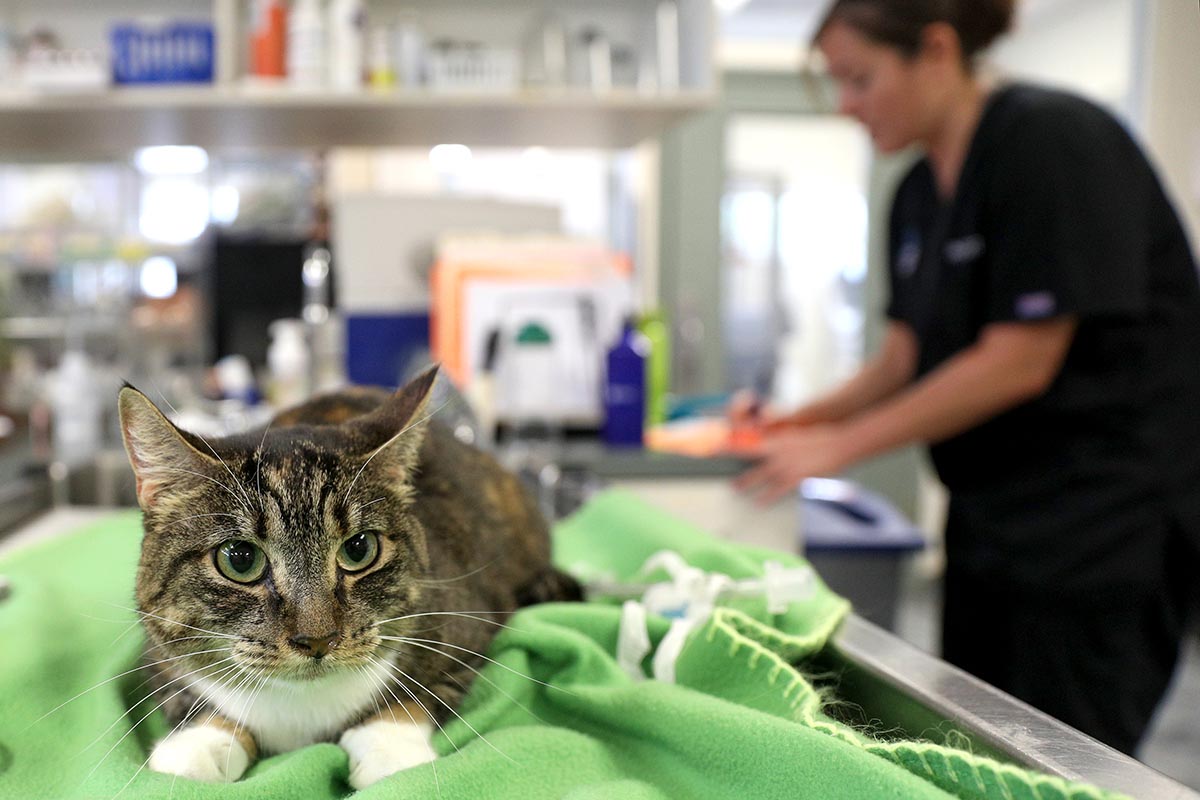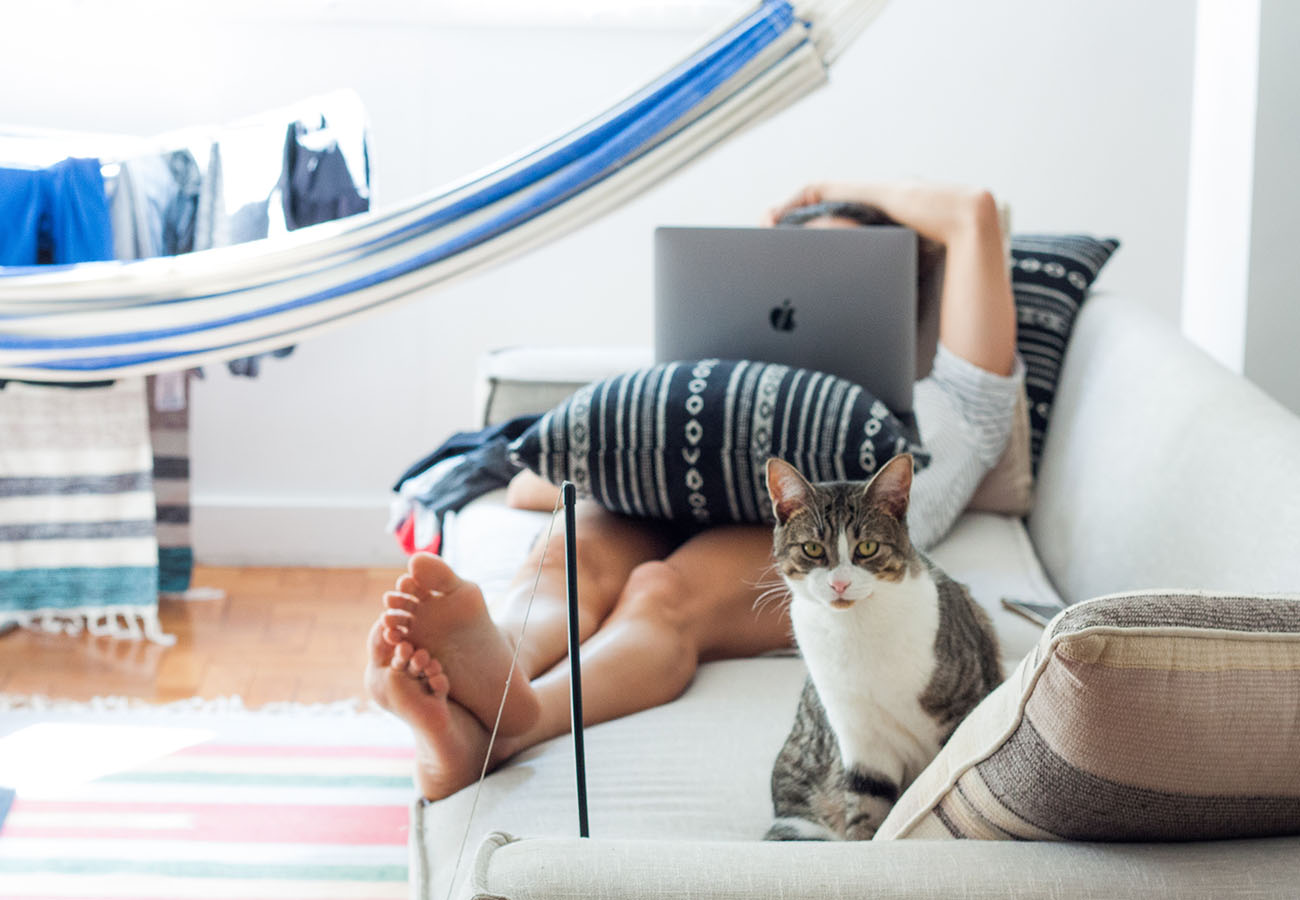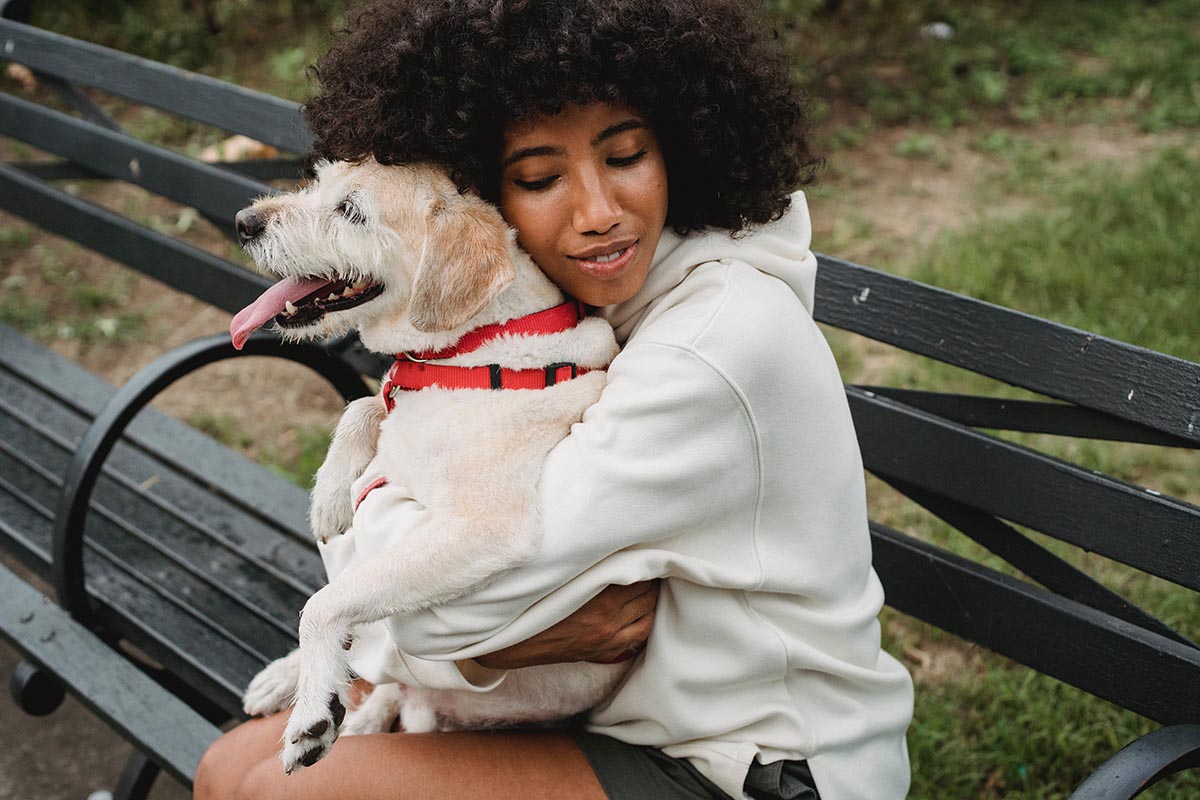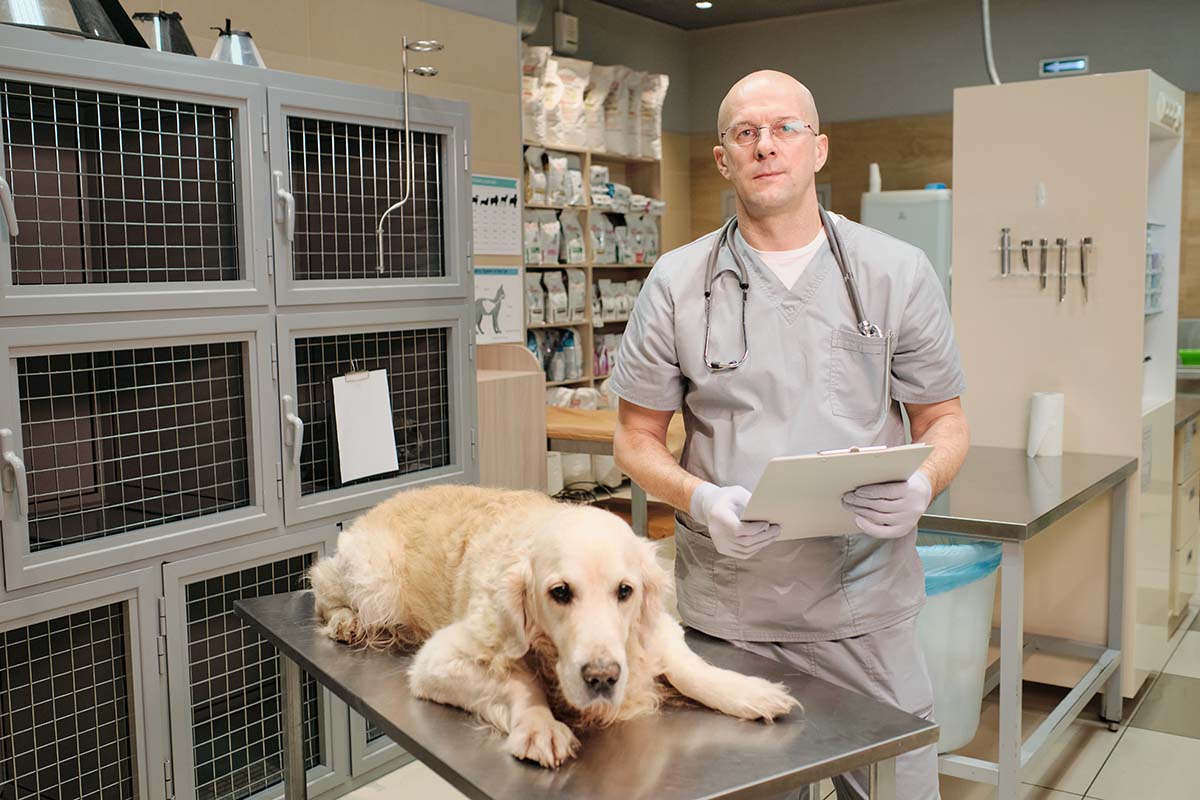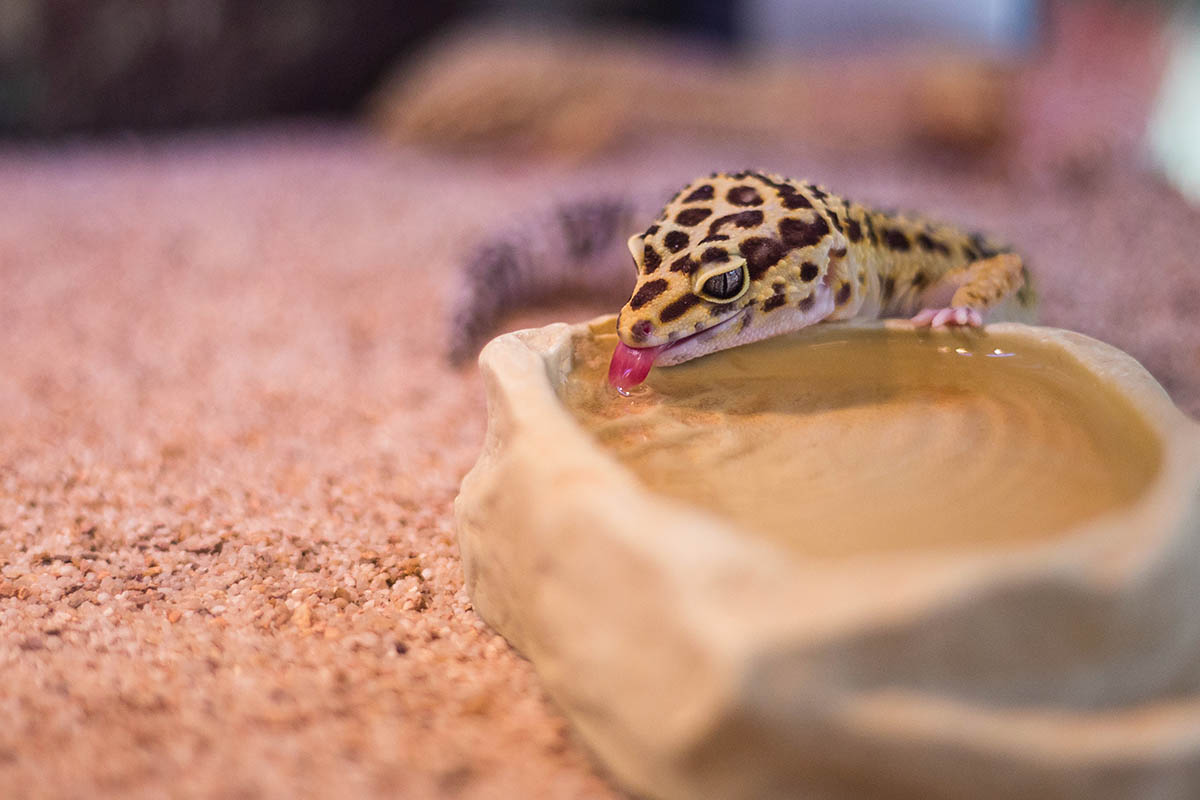Here is How to Get Pet Insurance for Cats
Just over 30 percent of American households have a cat. By some estimates, cats outnumber dogs in America. Whether you’re a cat person or a dog person, you likely think of your furry friend as a family member. You want what’s best for them, just like you would want for any other family member.
That’s why you buy the best food and there’s no shortage of toys in your house either. When it comes to getting your pet medical treatment, you want to be sure they’re getting the best. That’s why pet insurance for cats and dogs has become so popular. In this guide, we’ll look at the benefits of pet insurance and what to look for in a policy. We’ll also go over what it takes to get the best policy for your four-legged friend.
Why You Need Pet Medical Insurance
It’s no secret that medical care for humans can be quite expensive. To help with the costs, most people get some form of medical insurance. This helps them when they or a family member gets sick. Many Americans see cats and dogs as members of their families. What happens when they get sick? Is there pet insurance?
There most certainly is, although pet insurance is still a new market. It’s become very popular in the last two decades or so. Attitudes toward pet ownership have been shifting. More people are willing to invest more money in their pets’ health and happiness.
As is the case with medical care for humans, veterinary costs can add up. Pet ownership is quite expensive, and healthcare expenses make up a large part of costs. You’ll need to provide care such as vaccinations and annual check-ups.
Then there are situations where your animal is injured or ill. Injuries happen in many different ways, from playing too rough with another pet to being hit by a car. Illnesses are often associated with older animals. Kittens and puppies may also have life-threatening illnesses.
In these times of trouble, pet owners are often faced with difficult choices. Many can’t afford to give their pets the care they want to. That’s where pet health insurance comes in. Some breeds of cat and dog are also prone to health issues, which can be ongoing. Some animals, for example, have allergies or kidney problems associated with their pedigree.
Finding Pet Insurance for Cats and Dogs
Thanks to the growing popularity of pet insurance, more insurance companies offer policies. This is usually optional insurance. Some employers offer it as an extra employee benefit. If your employer doesn’t offer pet medical insurance, you can seek out a policy on your own. You’ll be responsible for the costs, so it’s important to find affordable pet insurance.
You may be tempted to buy the policy with the lowest price. Instead, you should carefully consider what you’re getting for that rate. There are many new companies like Bivvy that offer great pet insurance services for affordable prices
What a Policy Should Cover
The most common pet medical insurance policies cover accidents and illnesses. A plan that covers accidents alone would cover your cat or dog if another animal bit them. The policy would also cover the cost of healing broken bones from a car accident.
A plan that covers illness will cover sudden illness and chronic disease. This could include if a pet gets cancer or if your pet has allergies. Some policies cover hereditary conditions, which may depend on the breed of cat or dog you own. A good policy includes coverage for:
- Hospitalization;
- Surgery;
- Tests like X-rays and MRIs.
You may want a policy that covers special medical services like after-hours emergencies. Some providers also offer plans to cover routine care. These plans help you manage the costs of preventative care. This can include services like check-ups and flea and tick tablets.
Comparing Plans
Buying pet insurance means comparing policies. You may be tempted to buy the policy with the lowest price. Instead, you should carefully consider what you’re getting for that rate. Some plans may seem to be a good deal at first glance, but you may not be getting the best coverage. Look for a plan that offers value. This means getting the most coverage for the best price.
Is My Pet Eligible?
Most pets will be eligible for pet insurance. You may pay more or less for a policy depending on a few factors. The insurance company will assess:
- Your pet’s age;
- Your pet’s breed;
- Your pet’s size.
Dog health insurance tends to cost more than policies for cats. This is because dogs are larger animals, and they often have higher risks of being injured. Indoor cats are more likely to destroy your carpet and knock over their water bowl, but of course, things can happen.
The older your pet is, the more you’ll pay for insurance. This is because older animals are more likely to get sick and need medical treatment. It’s a good idea to take out pet insurance while your pet is young.
You may have a harder time finding insurance for a pet with a pre-existing condition. If your cat has a diagnosis of diabetes or hyperthyroidism, a new policy may not cover costs. That’s because this condition existed before you took out the policy.
If your pet requires medication to manage their hyperthyroidism, your insurance wouldn’t cover it. If your pet developed cancer afterward, the policy would likely cover it. It is possible to find insurance to cover pre-existing conditions in pets. You can learn more about your options here.
Help Your Pet Live Their Best Life
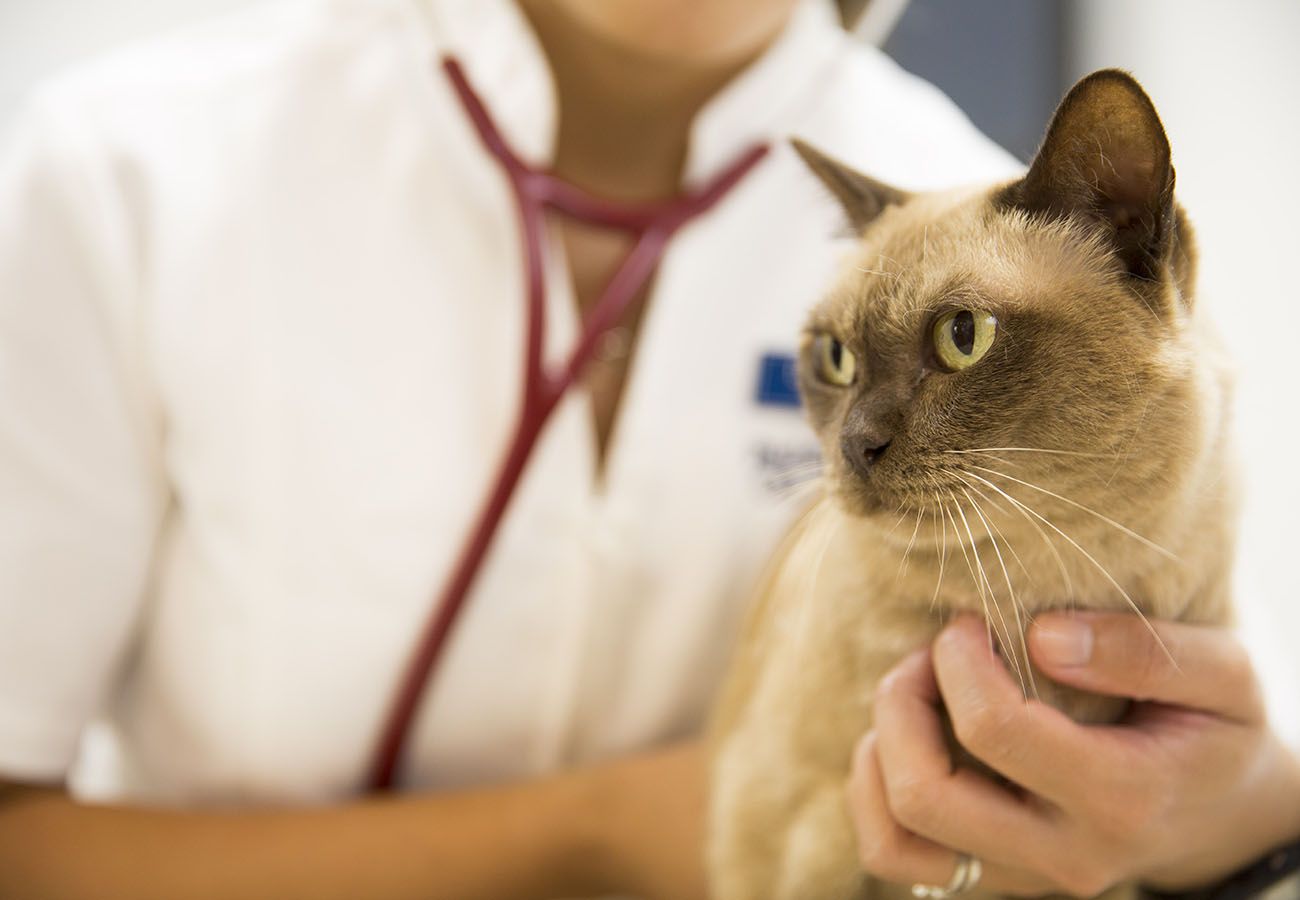
You want to take care of your pet, especially when they’re sick. Pet insurance for cats and dogs can help you do just that. Take the financial stress out of caring for your furry family member with a good pet insurance policy.
There are many proven benefits to having a furry companion in your life. Adopting a cat or dog into your family could be just one of many ways you improve your own life and theirs. If you’re looking for more great lifestyle advice, check out our blog. We have plenty of informative articles to help you (and your pets) live your best life.
